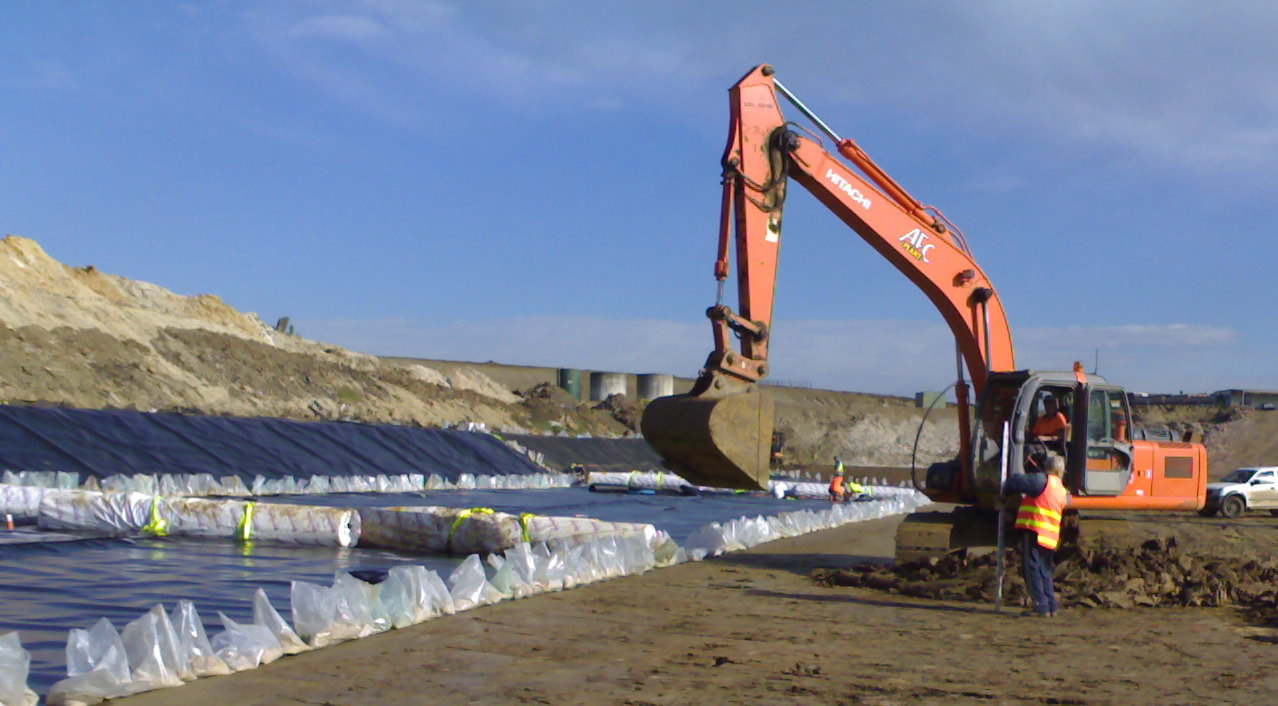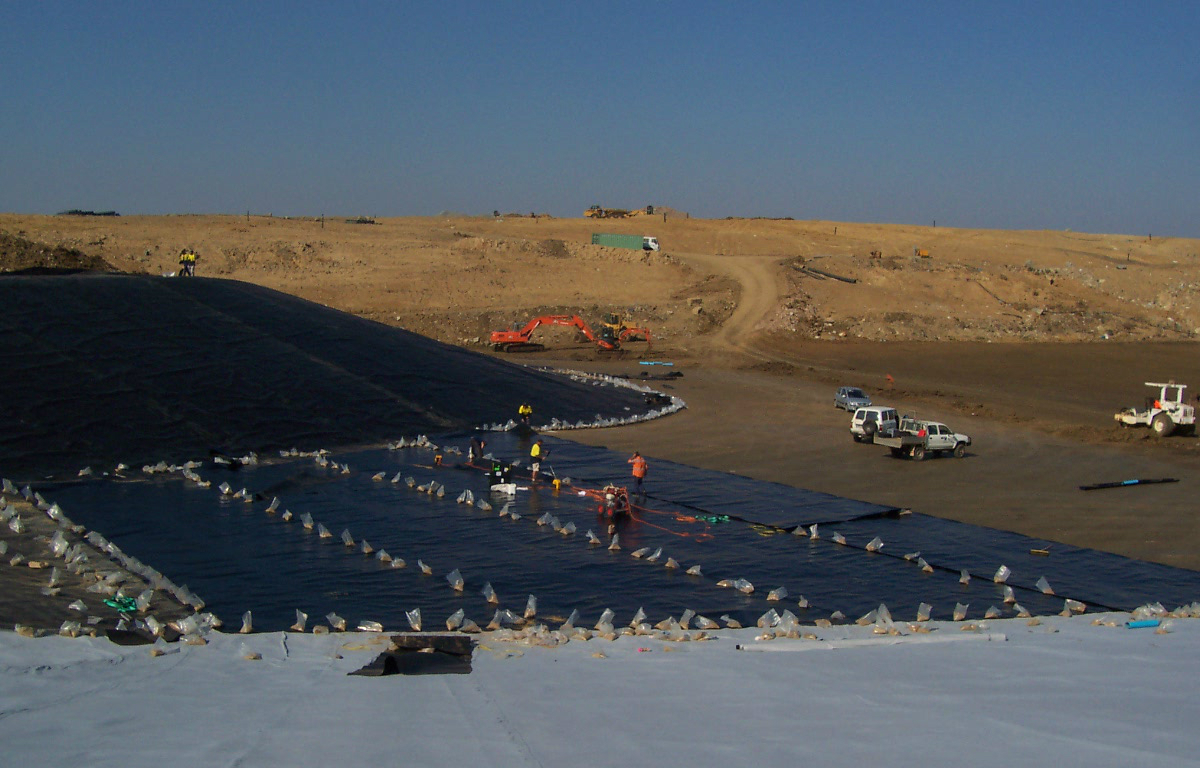Innovating In The Waste Sector: Landfill Re-Classification
As the EPA continues to push Aftercare Management and Remediation Plans for historic landfills, Councils are coming under increasing pressure to measure up to stricter environmental requirements.
 Taylors Road Landfill Cell 12B
Taylors Road Landfill Cell 12B
But some Councils, affected by these changes, may be implementing more onerous and expensive capping and lining systems solutions, when they in fact may not need to. This is especially true of small, rural municipal landfills, which have the potential to be classified as ‘Low Risk’ in accordance with Section 6.12 of the BPEM (2010).
Beyond the cost of additional materials (Geotextile layer etc.), a Type 2 landfill cap design is more complex, requires extensive construction works, increased construction timeframes, and ongoing auditing. As such, Councils may be unnecessarily over engineering landfill caps for sites which pose limited risks to the surrounding environment.
Small appropriately located rural landfills are seen to pose a lower environmental risk and may meet the relevant environmental protection objectives with a simpler, more cost effective Type 3 design.
The criteria that a site must satisfy to be considered a low risk rural landfill are summarised in below:
1) It meets or exceeds the EPA buffer requirements
2) It must receive less than 20,000 tonnes of waste per year;
3) Wastes are at least two metres above the long-term undisturbed groundwater level;
4) It is not located in segment A groundwater; and,
5) Financial assurance to the satisfaction of the EPA is in place.
Even if Councils don’t think they fall under these criteria, there are creative ways to negotiate with the EPA and design around them. Therefore, by conducting a limited, relatively inexpensive, assessment to apply for reclassification of the landfill at the initial stage of the project could provide Council with large savings.
Meinhardt have argued the case for our clients to achieve landfill reclassification by utilising intuitive methods such as using the waste boundary of a closed landfill to meet buffer distances, and recommending Council utilise their unique position as a perpetuity in order to self-insure to achieve the required financial assurance.
Councils should never assume a site will automatically be constrained by certain landfill classifications. Through intelligent analysis, and an effective understanding of the relevant legislation, reclassifications of historic landfills can potentially be negotiated with EPA.
 |
David Corrigan is Senior Environmental Consultant at Meinhardt.
Meinhardt is sponsor of the Innovation Zone and Awards at AWRE 2013 |


